Unveiling the Universe's Most Surprising Stars
Written on
Chapter 1: The Unexpected Universe of Stars
The cosmos is filled with astonishing celestial bodies, and among them are some of the most surprising stars. While our Sun is classified as a yellow dwarf and remains stable for now, it will eventually exhaust its fuel in about five billion years, transforming into a red giant and potentially engulfing the inner planets, including Earth.
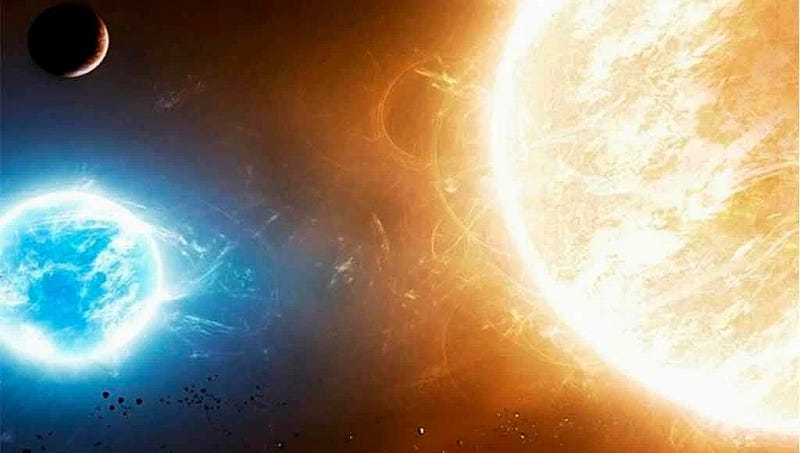
As it evolves, the Sun will shed its outer layers over time, ultimately becoming a white dwarf encircled by a stunning nebula filled with glowing gas. This life cycle is typical for most stars; however, some defy these expectations.
Meet UY Scuti, the largest star currently known in the universe.
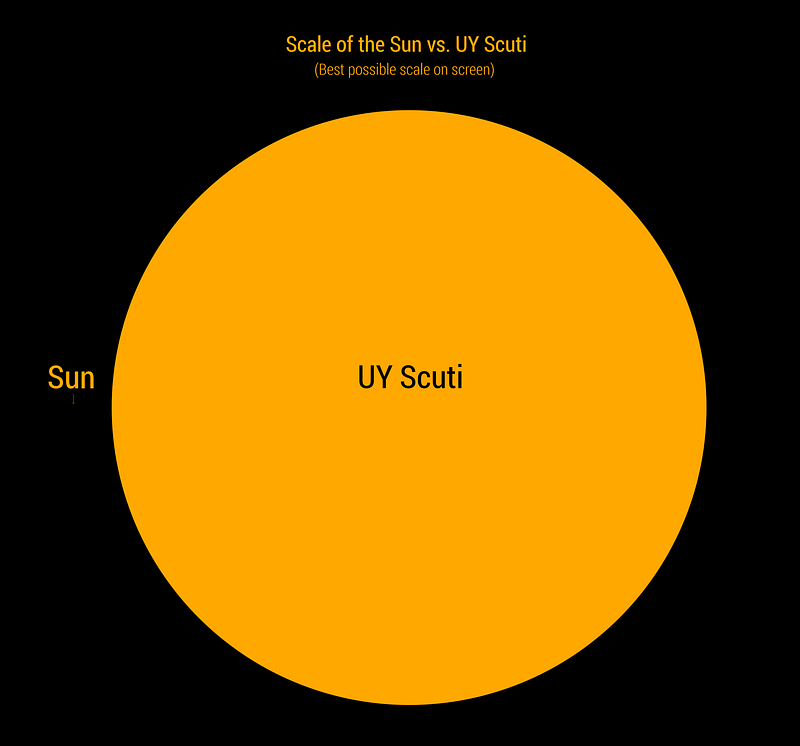
UY Scuti is classified as a hypergiant, boasting a size approximately 1,700 times greater than our Sun! Located near the Milky Way's center, this colossal star will eventually meet its end in a spectacular display. As it depletes its hydrogen reserves, it will start producing heavier elements until it reaches iron, which marks the beginning of its demise.
When iron nuclei collide, they do not release energy; instead, the star begins to draw energy from its surroundings, leading to a catastrophic collapse. This results in a supernova explosion, causing a temporary brightness increase that could make UY Scuti visible to the naked eye from Earth at the moment of its collapse.
P.S. While UY Scuti currently holds the title for size, it has recently been surpassed by Stephenson 2-18, which we will cover in a future article.
Section 1.1: The Smallest Stars
Interestingly, larger stars have shorter lifespans, while smaller stars consume fuel at a slower rate, resulting in longer life cycles.
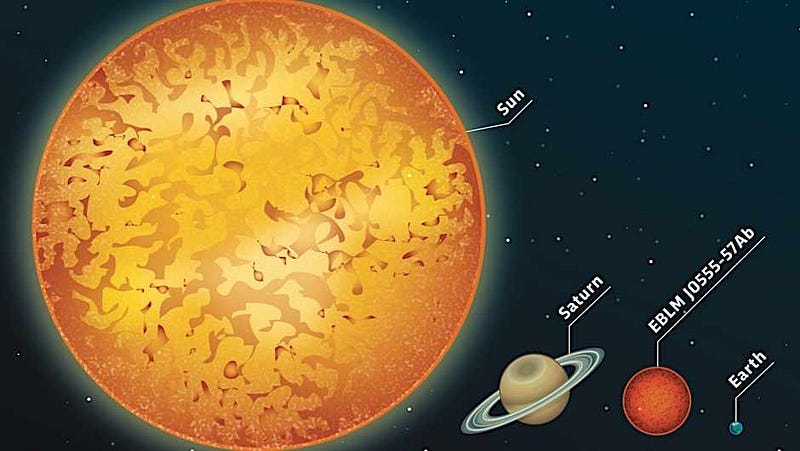
One example is EBLM J055–57 C, which is a remarkable star that is only 90 times more massive than Jupiter but the size of Saturn. This is considered the lower limit for star formation; any less mass and it would have remained a brown dwarf.
Section 1.2: The Hottest Stars
The rate at which a star consumes its fuel directly affects its temperature. Hotter stars not only shine brightly but also exhibit turbulent atmospheres.
One such star, WR 102, holds the record for the highest surface temperature at 210,000 K—35 times hotter and 280,000 times brighter than the Sun.
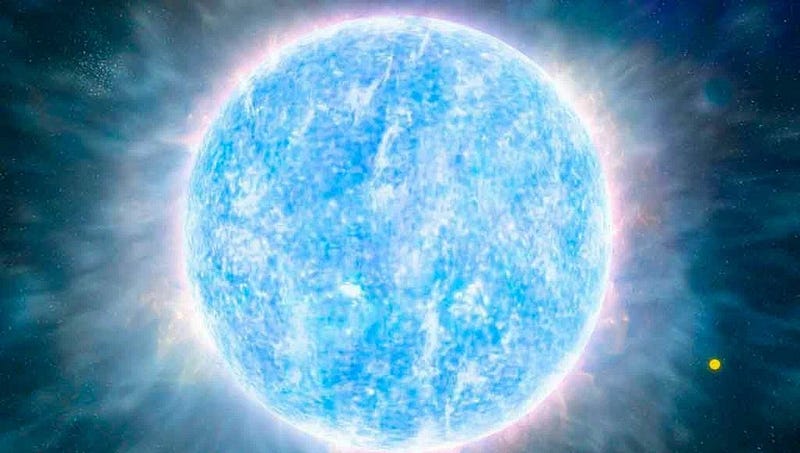
The stellar winds on WR 102 are so intense that it loses mass equivalent to the Sun's mass approximately every 100,000 years. This extreme temperature and rapid mass loss make WR 102 an intriguing subject for astronomers, especially as it is on the brink of going supernova, with an estimated lifespan of just 1,500 years left.
Chapter 2: The Brightest and Most Massive Stars
Not all stars are created equal in terms of size and brightness. RMC 136a1 is an extraordinary example of a star that is incredibly massive yet relatively small. It is estimated to be 300 times heavier than the Sun but only 30 times its size.
RMC 136a1 shines with a brightness that surpasses the Sun by 8.7 million times!
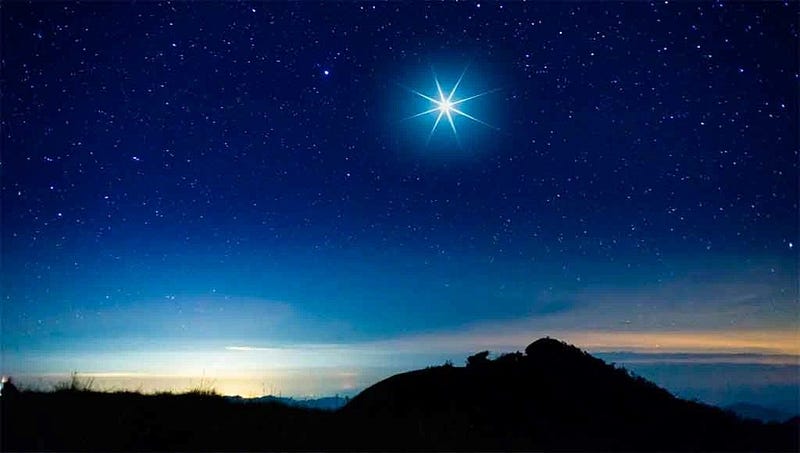
Despite its immense power and brightness, RMC 136a1 will eventually lose most of its material due to powerful stellar winds, ultimately leaving behind enough mass to form a black hole.
Section 2.1: The Fastest Stars
In our galaxy, the Sun travels at 790,000 km/h towards the galactic center, but it is far from the fastest. S5-HVS1 is a star speeding through space at over 6.3 million kilometers per hour, approximately 0.5% of light speed.
Discovered in the southern constellation Grus in 2019, astronomers believe that S5-HVS1 was once part of a binary star system. The central black hole, Sagittarius A, likely pulled its companion star away, resulting in S5-HVS1 being ejected into interstellar space.
This video titled "A Journey to the Most Unusual Stars in the Universe" explores various celestial wonders, including UY Scuti and others.
Additionally, "Unusual Or Unexplained Stars We Discovered in 2019 - 2 Hour Compilation" provides an extensive look at various intriguing stars discovered that year.
If you're eager to learn more about the universe, don’t hesitate to subscribe and leave your questions for future articles!